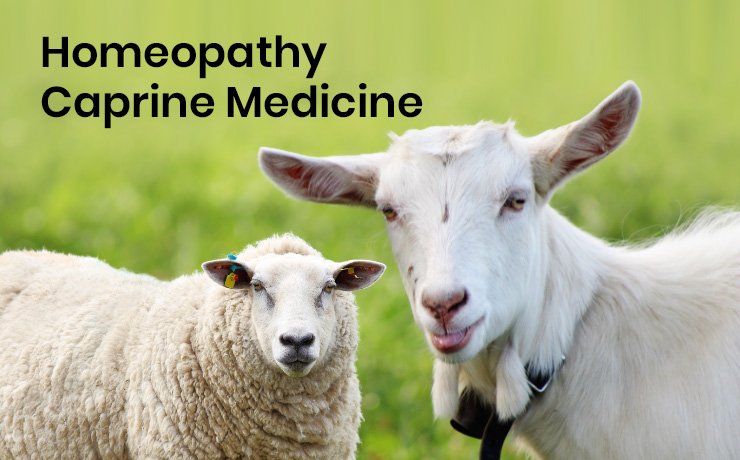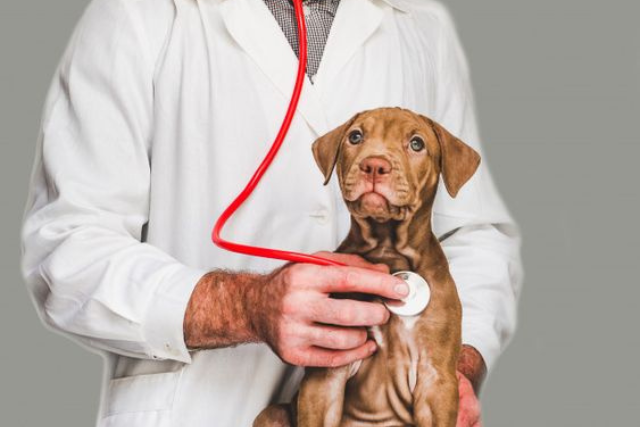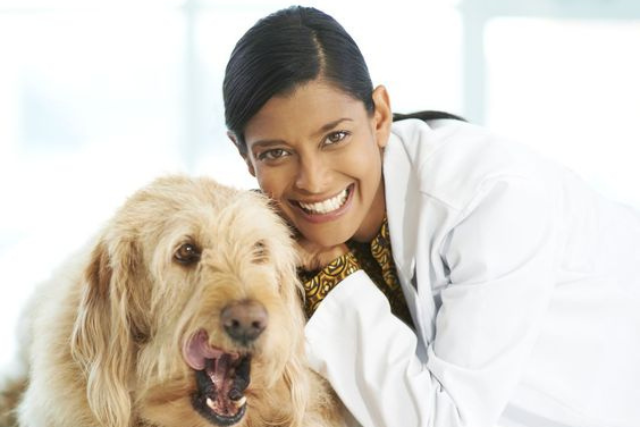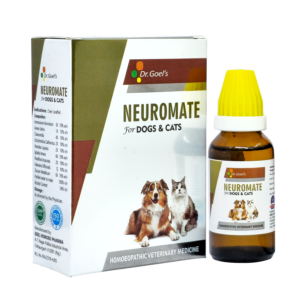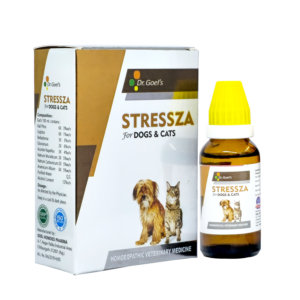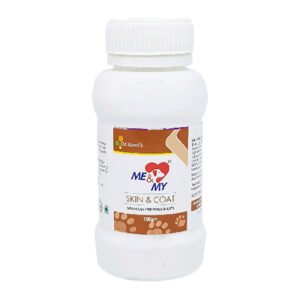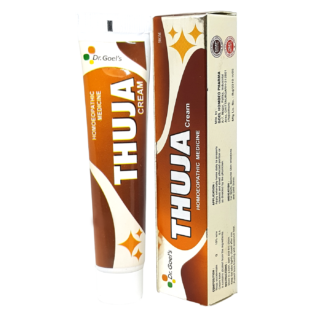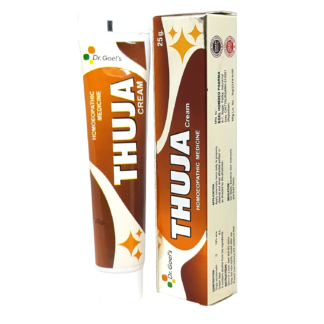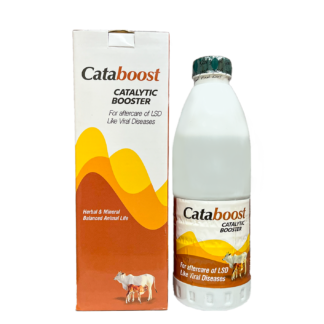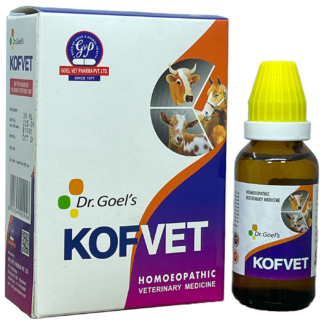The Brain Game: Mastermind And The Malfunctioning Of The Brain Engine

– Epilepsy FAQs and more. The way a car needs an engine to start, a Television set needs a remote to work, and a lock needs a key to open! In the same way, our amazing body is no less than a machine that needs a head master that will guide it. Yes, you’ve guessed it correctly. It’s our brain – The master mind, the supreme head that carefully manages and guides our body. Every minute detail and event occuring inside our cells is governed by this beautiful organ. There’s nothing that our brain skips. The brain is this magnificent organ that governs the neurotransmitters and hormones that help bridge the gaps between various organ systems. Without our brain’s optimal functioning, we cannot digest our food, nor can we analyse things, and can we breathe properly without optimal tuning of our mastermind and the organs.

In other words, we cannot exist without this organ! No words can emphasize enough the importance of this God’s wonderful creation – The Brain. Sometimes, the engine has certain technical difficulties, for which there’s an immediate need for a mechanic. Our brain as mentioned earlier is like an engine guiding our bigger car which is the body. If this engine- our brain faces some technical difficulties, there are certain signs which are pretty evident. Sometimes, this malfunctioning may manifest itself in the form of seizures or fits. Yet, not always the primary cause is brain malfunctioning. Wait, is this too much to process? Fear not. Let’s go about this step by step. In today’s blog, let us try to understand what exactly epilepsy is, how does it manifest, what are the signs and symptoms as well as the reasons behind this malfunctioning.
Let’s learn more about the magnificent brain (yes, the brain that actually helps us learn!) SO, WHAT IS EPILEPSY? Epilepsy is a disorder (and not a disease) wherein the nerve cell activity in the brain gets disturbed, causing seizures. The disorder is just deranged functioning. The disease is usually a bigger umbrella term. Now, this epilepsy or commonly referred to as ‘Fits’ is a brain disorder that is triggered due to many different reasons that cause the brain to malfunction. This condition is also alternatively termed “Seizures Disorder”. We can say that Epilepsy is a broad umbrella term and the causative factors behind this are many. However, Epilepsy is a chronic condition wherein there are recurrent, unprovoked seizures. Sometimes you may observe only a single episode of seizures that subsides eventually once the provoking agent is removed. Your Veterinarian will diagnose your pet with epilepsy if they have two unprovoked seizures in a short span of time back to back that was not caused by some pathological condition or disease causing microorganisms. Sometimes, Idiopathic epilepsy, [which is the most common cause of seizures in the dog] is an inherited disorder (i.e it may run through your pet’s family). Epilepsy can occur at any age, and any species of dog can be affected. However there are some breeds that are specifically prone to it (yet, it’s a debatable topic). A seizure is also commonly called a fit. There is loss or derangement of consciousness, alterations in mental awareness from non-responsiveness to fainting, Involuntary urination, defecation or salivation, non-recognition of the owner,etc. WHAT ARE THE CAUSATIVE FACTORS LEADING TO FITS (SINGLE EPISODE) & EPILEPSY (MULTIPLE EPISODES) ? Epilepsy should be looked upon as an umbrella term as mentioned earlier since there are many conditions that may potentially trigger it. Our body is like an exquisite beautiful orchestrated play. All organs are interdependent upon each other and ultimately the brain. Brain malfunctions when certain organs malfunction to a certain range above the threshold level. Well, technically speaking, the brain has connections with different parts of the body via the neural network and the neurons. Let us have a glance at all the possible factors that may culminate into epileptic episodes. Certain food items can trigger fits such as chocolates which are essentially poisonous. Other causative factors include rat baits, insecticides/pesticide ingestion, and certain diseases such as haemo protozoan diseases that can lead to epilepsy. Apart from these, any sudden injury to the brain (accidents/falls from heights) can cause fits. Here’s a list of all possible factors that can possibly lead to seizures
1. Poisoning
2. Kidney disease
3 . Liver disease
4. Traumatic injury to the head
5. Imbalance of Electrolytes
6. Blood Sugar fluctuations – High or low blood sugar.
7. Anemia
8. Encephalitis, Meningitis etc.
9. Idiopathic reasons (causative agent or factor can’t be figured out)
Seizures And Their Types. Seizures Are Of Various Kinds For Instance
1. Grand Mal Seizures : They’re also known as “generalized” seizures. They are caused by abnormal electrical activity in the brain.
2.Focal Seizures: Focal means ‘foci’ or ‘a particular point/region. When only one side or region of the brain is affected and has abnormal activity, then only one side of the dog will be affected by the seizure. However it’s common to notice that focal seizures progress further and develop into generalized seizures or Grand Mal
3. Psychomotor Seizures : This type of seizure is a bit odd or different than the rest as they usually don’t result in a dog collapsing to the ground. Instead, they retain their consciousness. In this type of seizure, you may observe your dog exhibiting strange behavior, like running around and biting at imaginary objects/air or excessively chasing their tail or chewing their paws. It can be very difficult to determine whether your pet is just acting goofy and silly or whether they’re having a medical problem.
4. Idiopathic Epilepsy Seizures : This term is used to describe seizures that have no known or established cause and the origin or reason for convulsions is unknown. Certain breeds are more at risk for idiopathic epilepsy such as :Australian shepherds, Beagles, Collies, German Shepherds, and Labrador Retrievers. However, epilepsy or seizure episode is not limited to these specific breeds and it is just an observed figure. WHAT EXACTLY HAPPENS DURING A SEIZURE? HOW WILL I NOTICE IT? Epileptic episodes are quite evident in the signs and symptoms which may be exhibited by the patient. Usually there are typical signs of frothing, uncontrolled urination/defecation, shaking and falling, and jerking of the body followed by unconsciousness and loss of sphincter control (that leads to involuntary urination and defecation). Let us look at the stepwise outline of fits /epileptic episodes. A typical seizure consists of three components:
A. Pre-ictal Period
B. Ictal Period and
C. Post-ictal Period.
A. PRE ICTAL PERIOD Pre-ictal refers to the state or period immediately before the actual seizure. It is a period of altered behavior. You may notice your dog acting or behaving oddly. You may notice your dog – hiding away, Seeming/looking confused, anxious or nervous, trying to come near you(owner) because they’re afraid of something. They may be restless, nervous, whining, shaking, or salivating. This may last for a few seconds. This period usually precedes the ictal period (seizure period).

B. ICTAL PERIOD (PERIOD OF SEIZURE ACTIVITY) It is the period of the seizure itself. It lasts for about a few seconds to five minutes. During this period, the muscles of the body start contracting strongly and rapidly. The dog usually falls on his/her side and seems to be paralyzed while shaking, jerking its legs/paddling. The head will be drawn backward. Uncontrolled or involuntary Urination, defecation and salivation with frothing often occur. If this episode lasts for more than five minutes, or if your pet shows continuous seizures back to back, the dog is diagnosed with status epilepticus or prolonged seizures.
C. POST- ICTAL PERIOD This period succeeds the Ictal period. There is often confusion, disorientation, salivation, and restlessness. Pets are often confused so as to what exactly has happened. This entire incident of fits/seizures is a bit strange to observe and may even look scary to you as the owner. If you ever observe something like this, do not panic and quickly take your pet to the nearest veterinarian possible to ensure that your pet’s condition does not progressively worsen and a quick diagnosis is established so as to quickly treat the patient.
HARMFUL EFFECTS OF SEIZURES : A single seizure is rarely dangerous or life threatening to the dog. An apt diagnosis is very crucial. Since a single seizure could have been caused by any reason (poisoning, Liver dysfunction, Kidney dysfunction etc.) However, if the dog has multiple seizures and that too within a short period of time, or if a seizure continues for longer than 5 minutes, the body temperature begins to rise, and this increase in body temperature needs to be addressed quickly. If status epilepticus occurs, you must seek treatment from a veterinarian immediately. MORE ABOUT DIAGNOSIS AND TESTS: THE WAY OUT. Whenever you notice such strange actions in your pets, immediately contact your vet without any delay. As it is a serious condition and we need to control it immediately to prevent your pet from long time problems and suffering. If the seizure lasts for a longer time i.e. more than a few minutes, then there is a risk your dog could get hyperthermic wherein there is an increase in body heat. Quickly turn on a fan, blow cool air and place a partially wet or damp cloth around their paws to help them cool down considerably and record the time period (i.e. For how long is this Seizure lasting?, What do I observe in my pet) so when you do visit your veterinarian after this incidence, you can easily explain and convey your doubts while your vet can easily diagnose and understand.
1. BLOOD TEST : CBC (complete blood count), LFT (Liver Function Test) AND KFT (Kidney Function Test) A routine complete blood check would provide a confirmatory diagnosis of any sort of infection which may have triggered seizures. As we read above, Liver dysfunction and Kidney Dysfunction too may cause seizures and they may not be related to the Brain at all! A CBC will help to establish a confirmatory Diagnosis since many etiology can be successfully ruled out or ruled in.
2. HISTORY : An apt history given by you- the owner is very important. Here are a few pointers which may help you convey your doubts and queries to your Vet. – Explain your pets’ dietary intake and food they may have consumed. Whether your pet has consumed something bad, rotten from the garbage, perhaps some kind of poison like rat bait, Insecticide etc. -For how long has your pet been showing the symptoms of seizures – Is your dog suffering from any blood related infections, etc. – Any past recurring infections/diseases.
3. MRI SCAN Magnetic resonance imaging (MRI) uses powerful magnets and radio waves to create a detailed view of the brain. Your Vet may be able to detect lesions(abnormalities) in your pet’s brain that could be causing seizures.
TREATMENT OF EPILEPSY: WAY FORWARD. Your Veterinarian will generally begin by treating epilepsy with medication right away to control convulsions. Finding the right medication and dosage can be a complex process. Your Veterinarian will consider your pet’s condition, the frequency of seizures, the Pet’s age and other factors when choosing which medication to prescribe. Generally, anti-epileptic drugs that control seizures will be advised. HOMEOPATHIC TREATMENT NEUROMATE for PET, A Unique formulation for neurological disorders in pets, used as an adjunct therapy for the abnormal activity of brain and neurological disorders including epilepsy. It is based on homeopathic principles ie. ”Similliasimilibuscuranter” Like to be treated by like. You can always manage the epileptic condition with the help of your Vet and this wonder drug Neuromate for pets along with traditional allopathic medicine. Epilepsy is a really tough disorder and to observe a Seizure activity in your pet is really shocking. However there’s no need to worry as seizures could just be because of a simple infection or even if they’re because of neurological dysfunction, there’s always medical help that you should seek at the earliest for optimum care of your beloved pets. Yes, quick Diagnosis will lead to quicker Treatment protocol to be undertaken by your vet, allowing your pet to have a normal life back at the earliest.
HAPPY PETS FOR A HAPPY YOU
HOMEOPATHY SOLUTION FOR EPILEPSY & SEIZURES IN PETS
NEUROMATE HOMEOPATHIC REMEDY FOR EPILEPSY & SEIZURES
STRESSZA FOR PETS STRESS AND ANXIETY
STRESSZA for pets is an excellent remedy for treating Anxiety, Stress, and Canine Distemper. When your fur baby is unanimously scratching, barking, hiding behind, feeling anxious, eating nothing, even sometimes behaving wild or attacking unknowingly, etc. these all symptoms may be due to Anxiety and Stress or due to various causes of Canine Distemper. We have the best solution to all your problems, We have STRESSZA is a unique homeopathic veterinary formulation to relieve stress in pets.
Stressza for pets works for Stress due to Traveling, Crackers in Festive Season, Fighting with stray dogs, Home alone, Visiting Hospital for Vaccination, etc.
ME & MY VITALITY SUPPLEMENT FOR STRESS & ANXIETY

 Australian Shepherd
Australian Shepherd Beagle
Beagle Belgium Shepherd
Belgium Shepherd Bernese Mountain Dog
Bernese Mountain Dog Border Collie
Border Collie Boxer
Boxer Bulldog
Bulldog Cavalier King Charles Spaniel
Cavalier King Charles Spaniel Chihuahua
Chihuahua Cocker Spaniel
Cocker Spaniel Dachshund
Dachshund Doberman Pinscher
Doberman Pinscher Dogo Argentino
Dogo Argentino French Bulldog
French Bulldog German Shepherd
German Shepherd Golden Retriever
Golden Retriever Great Dane
Great Dane Himalayan Shepherd
Himalayan Shepherd Indie Dogs
Indie Dogs Labrador Retriever
Labrador Retriever Pakistani Bully
Pakistani Bully Pembroke Welsh Corgi
Pembroke Welsh Corgi Pitbull
Pitbull Pomeranian
Pomeranian Poodle
Poodle Pug
Pug Rottweiler
Rottweiler Shih Tzu
Shih Tzu Siberian Husky
Siberian Husky Yorkshire Terrier
Yorkshire Terrier Abyssinian
Abyssinian American Bobtail
American Bobtail American Shorthair
American Shorthair Balinese Cat
Balinese Cat Bengal Cat
Bengal Cat Birman
Birman Bombay Cat
Bombay Cat British Longhair
British Longhair British Shorthair
British Shorthair Burmese Cat
Burmese Cat Devon Rex
Devon Rex Exotic Shorthair
Exotic Shorthair Himalayan Cat
Himalayan Cat Maine Coon
Maine Coon Oriental Shorthair
Oriental Shorthair Persian Cats
Persian Cats Ragdoll
Ragdoll Scottish Fold
Scottish Fold Siamese Cat
Siamese Cat Siberian Cat
Siberian Cat Sphynx Cat
Sphynx Cat






















